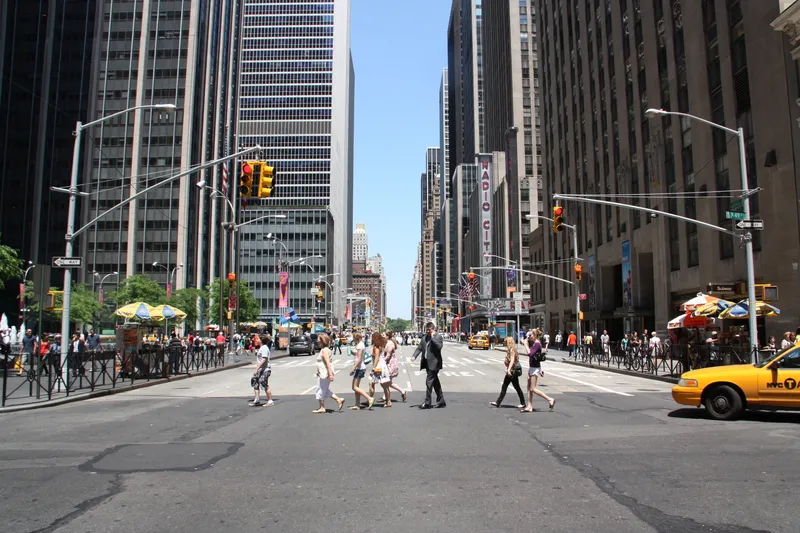Researchers at Carnegie Mellon University (CMU) in the US claim to have found a solution to delays caused by traffic signals. They estimate that replacing physical traffic signals with virtual traffic signals could reduce urban commute times by 40 per cent.
Electrical and Computer Engineering professor Ozan Tonguz’s research on virtual traffic lights uses connected vehicle technology, enabling vehicles to manage traffic control without infrastructure based traffic lights.
Using the technology, virtua
January 16, 2015
Read time: 2 mins
Researchers at Carnegie Mellon University (CMU) in the US claim to have found a solution to delays caused by traffic signals. They estimate that replacing physical traffic signals with virtual traffic signals could reduce urban commute times by 40 per cent.
Electrical and Computer Engineering professor Ozan Tonguz’s research on virtual traffic lights uses connected vehicle technology, enabling vehicles to manage traffic control without infrastructure based traffic lights.
Using the technology, virtual traffic lights will appear on the driver’s windshield as they approach an intersection. “When the driver is looking through the windshield, they’ll see that going straight is a green light, and turning right is a red light,” Tonguz explains. “It’s a seamless process, the driver does not get involved in this decision making.” The virtual traffic light will turn off once the driver proceeds through the intersection.
Tonguz claims that virtual traffic lights will do more than lower commuter’s stress levels. He says they’ll mitigate traffic congestion, reduce commute times, decrease the carbon footprint of vehicles, and lead to a greener environment.
Electrical and Computer Engineering professor Ozan Tonguz’s research on virtual traffic lights uses connected vehicle technology, enabling vehicles to manage traffic control without infrastructure based traffic lights.
Using the technology, virtual traffic lights will appear on the driver’s windshield as they approach an intersection. “When the driver is looking through the windshield, they’ll see that going straight is a green light, and turning right is a red light,” Tonguz explains. “It’s a seamless process, the driver does not get involved in this decision making.” The virtual traffic light will turn off once the driver proceeds through the intersection.
Tonguz claims that virtual traffic lights will do more than lower commuter’s stress levels. He says they’ll mitigate traffic congestion, reduce commute times, decrease the carbon footprint of vehicles, and lead to a greener environment.










